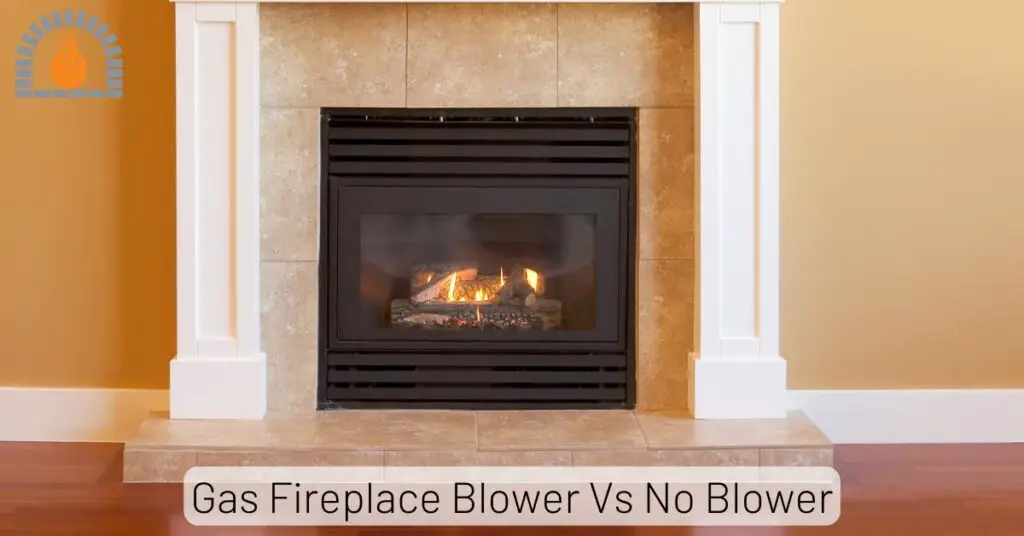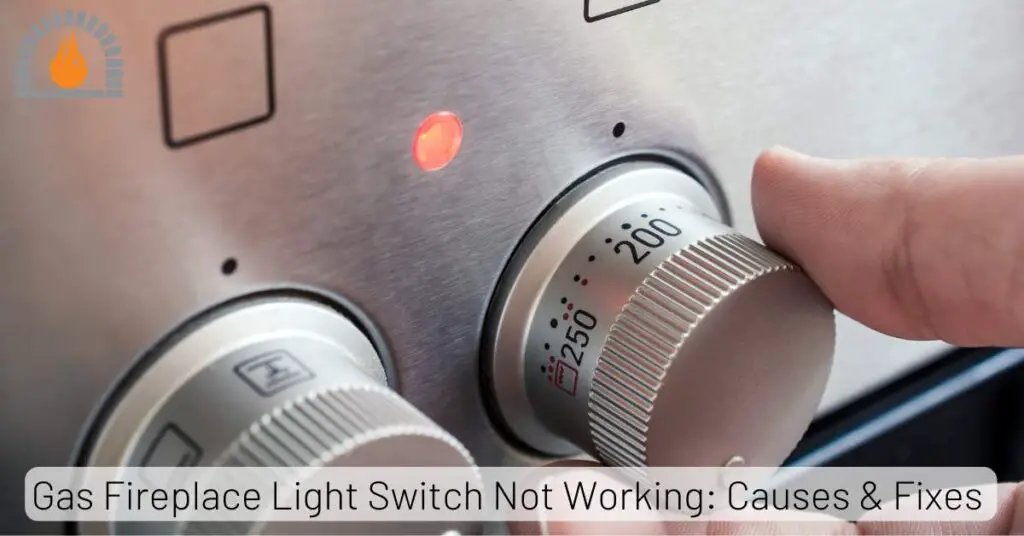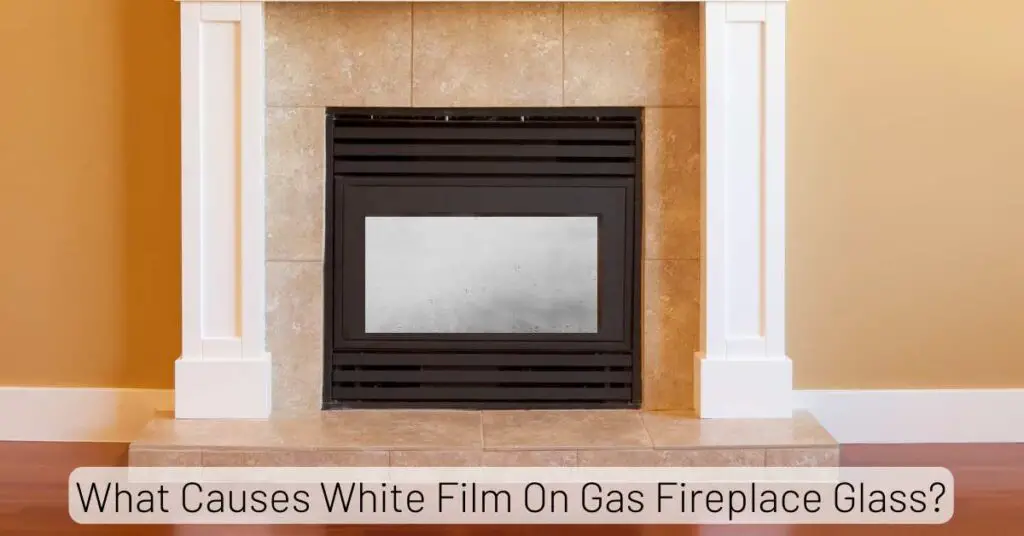Gas logs have gained popularity for their convenience and efficiency, offering an alternative to traditional wood-burning fireplaces. However, questions often arise about the compatibility of vent-free gas logs in vented fireplaces. Can you use vent-free gas logs in a vented fireplace?
Understanding the nuances of fireplace configurations and gas log types is crucial for both safety and optimal performance, making this inquiry a pertinent consideration for those seeking the perfect blend of comfort and functionality in their home heating choices.
Can You Use Vent Free Gas Logs in a Vented Fireplace?
No, using vent-free gas logs in a vented fireplace is not recommended. Vent-free gas logs are designed specifically for vent-free fireplaces and equipped with a special burner system that allows the combustion gases to be safely released into the room. These units are designed to operate without a chimney or vent.
Vented fireplaces, on the other hand, are designed to work with vented gas logs or other vented appliances. These fireplaces have a chimney or venting system directing combustion byproducts, including carbon monoxide, outside the home.
Vent-free gas logs produce a different mix of combustion byproducts and using them in a vented fireplace can result in unsafe conditions, as the vented system may not correctly handle the byproducts.
Why Not to Use Vent-Free Gas Logs in a Vented Fireplace.
Compatibility Issues:
Compatibility issues arise when contemplating vent-free gas logs in a vented fireplace. Vent-free gas logs are engineered to operate specifically, relying on the lack of venting to achieve maximum efficiency.
Introducing them into a vented fireplace may disrupt this balance, potentially leading to incomplete combustion and the release of harmful byproducts.
Safety Concerns:
Safety is paramount when dealing with gas appliances. Vent-free gas logs are equipped with an Oxygen Depletion Sensor (ODS) that monitors the oxygen levels in the room.
Using them in a vented fireplace may compromise this safety feature, as the ODS assumes a closed environment for accurate readings.
Legal and Code Compliance:
Before modifying your fireplace setup, it’s crucial to consider local building codes and regulations.
Using vent-free gas logs in a vented fireplace may not comply with safety standards, leading to potential legal issues and compromising the integrity of your home.
Difference Between Vent-Free Gas Logs and Vented Logs
| Feature | Vent-Free Gas Logs | Vented Gas Logs |
|---|---|---|
| Combustion Byproducts | Minimal combustion byproducts released into the room | Produce more combustion byproducts, vented outside |
| Safety Features | Equipped with oxygen depletion sensors for safety | Dependent on proper ventilation through a chimney |
| Installation | Suitable for fireplaces without a chimney | Require a functional chimney or venting system |
| Indoor Air Quality | Releases byproducts into the room | Byproducts vented outside, maintaining air quality |
| Appearance and Realism | Flame patterns may differ; realism may vary | Tends to offer a more realistic flame appearance |
| Heating Efficiency | Provides warmth, but may have limitations | Efficient heating with a focus on realistic flames |
| Installation Restrictions | Local codes may have restrictions and ventilation requirements | Dependent on proper chimney function and adherence to codes |
| Popular Use Cases | Homes without chimneys, where venting is challenging | Traditional fireplaces with functional chimneys |
Vent-free gas logs and vented gas logs are two types of gas log sets used in fireplaces. The main difference between them lies in how they handle combustion byproducts and where they can be installed.
1. Combustion Byproducts
Vent-Free Gas Logs: These logs are designed to burn gas efficiently and produce minimal combustion byproducts. Instead of venting the exhaust gases outside, they release them into the room.
The logs are equipped with a safety system that monitors oxygen levels and automatically shuts off the gas if they fall below a certain threshold. The byproducts of combustion, including water vapor and carbon dioxide, are generally considered safe in well-ventilated spaces.
Vented Gas Logs: These logs are designed to mimic a traditional wood-burning fire more closely. As a result, they produce more combustion byproducts, including carbon monoxide and other potentially harmful gases.
To address this, vented gas logs must be installed in a fireplace with a functional chimney or venting system. The chimney helps to carry the byproducts of combustion outside, ensuring the safety of indoor air quality.
2. Installation
Vent-Free Gas Logs: These logs are suitable for installation in fireplaces that do not have a chimney. Since they release combustion byproducts into the room, they are ideal for homes without venting options.
However, local building codes may have restrictions on where vent-free gas logs can be installed, and they may require additional ventilation measures in some cases.
Vented Gas Logs: These logs require a functional chimney or venting system. They are designed to be used in traditional wood-burning fireplaces with an open flue that allows the byproducts to be vented outside.
It’s important to have the chimney inspected and cleaned regularly to ensure proper ventilation.
3. Appearance and Realism
Vent-Free Gas Logs: While vent-free logs provide warmth and flame, they may not have the same realistic appearance as vented logs.
The flame patterns are often different, and there may be restrictions on the types of logs and accessories that can be used.
Vented Gas Logs: These logs are often preferred by those who want a more realistic flame appearance.
Vented logs allow for a taller, more natural-looking flame, resembling the appearance of a wood-burning fire.
You May Also Like To Read:
Affiliate Disclosure: Fireplaceadviser.com is a participant in the Amazon Services LLC Associates Program. We may earn a commission when you click on certain links on this site and purchase.

Hello!! I am Jamal Khan. I often fix my home electric heaters and gas stove problems and research the common issues in the heating units to improve my knowledge and expertise. The aim of establishing fireplaceadviser.com is to share my expertise and knowledge with my audience.












